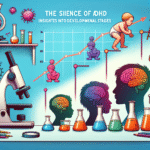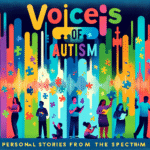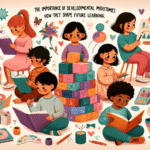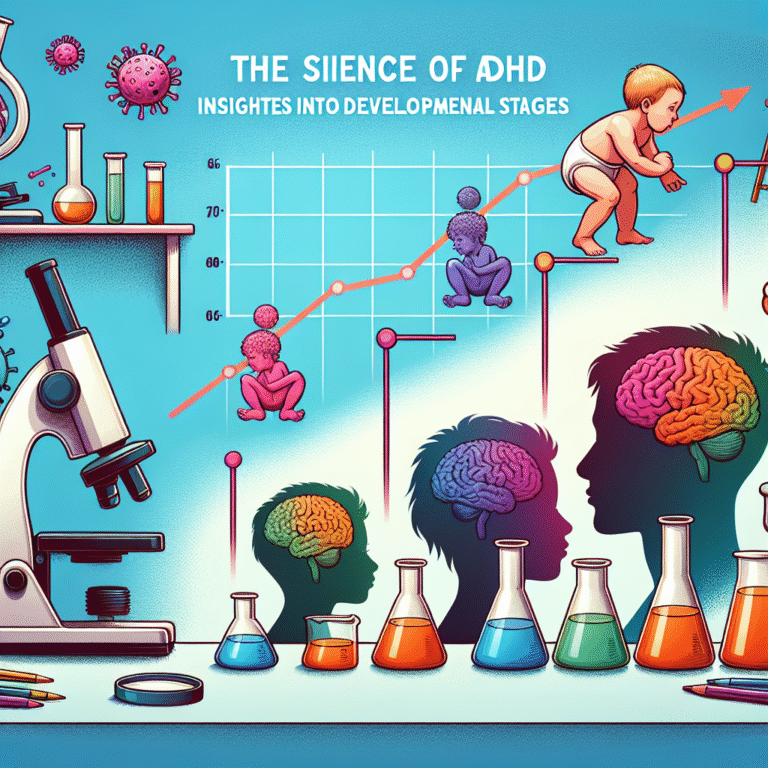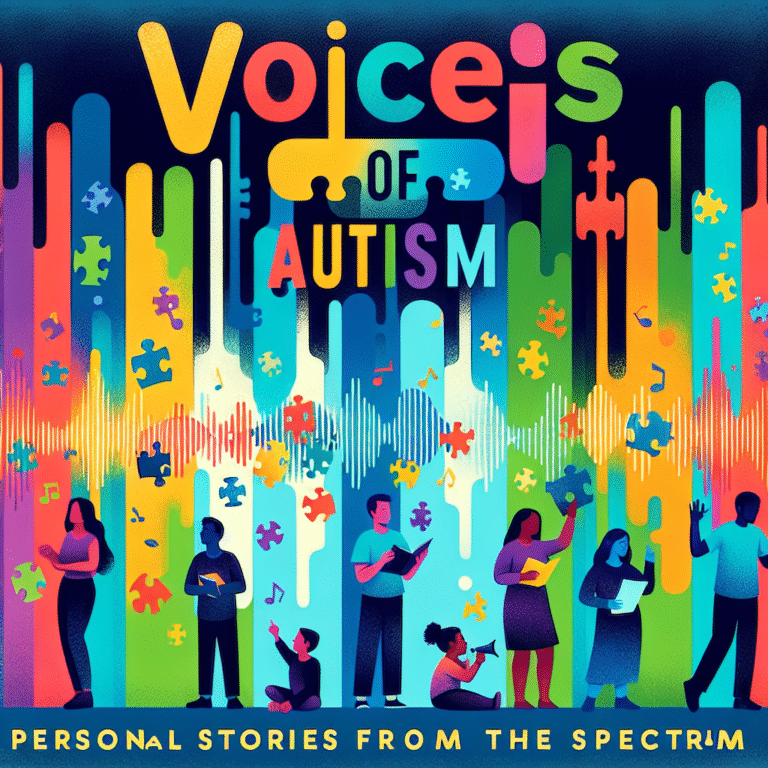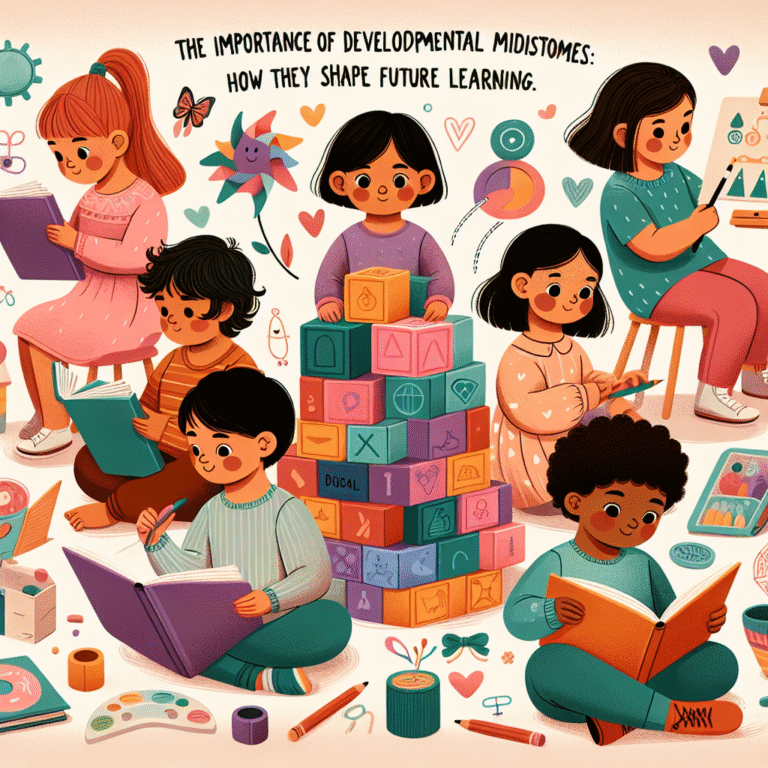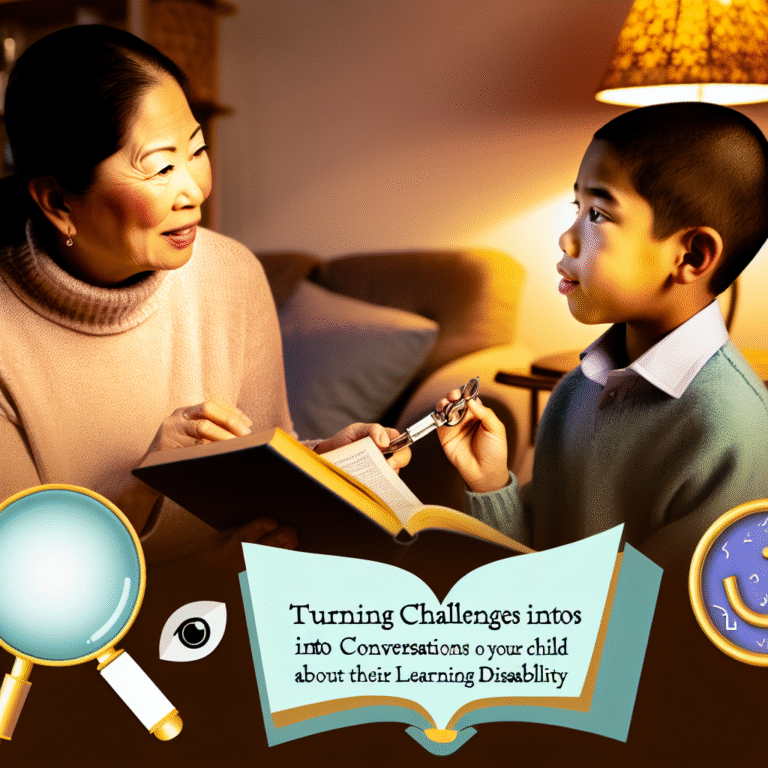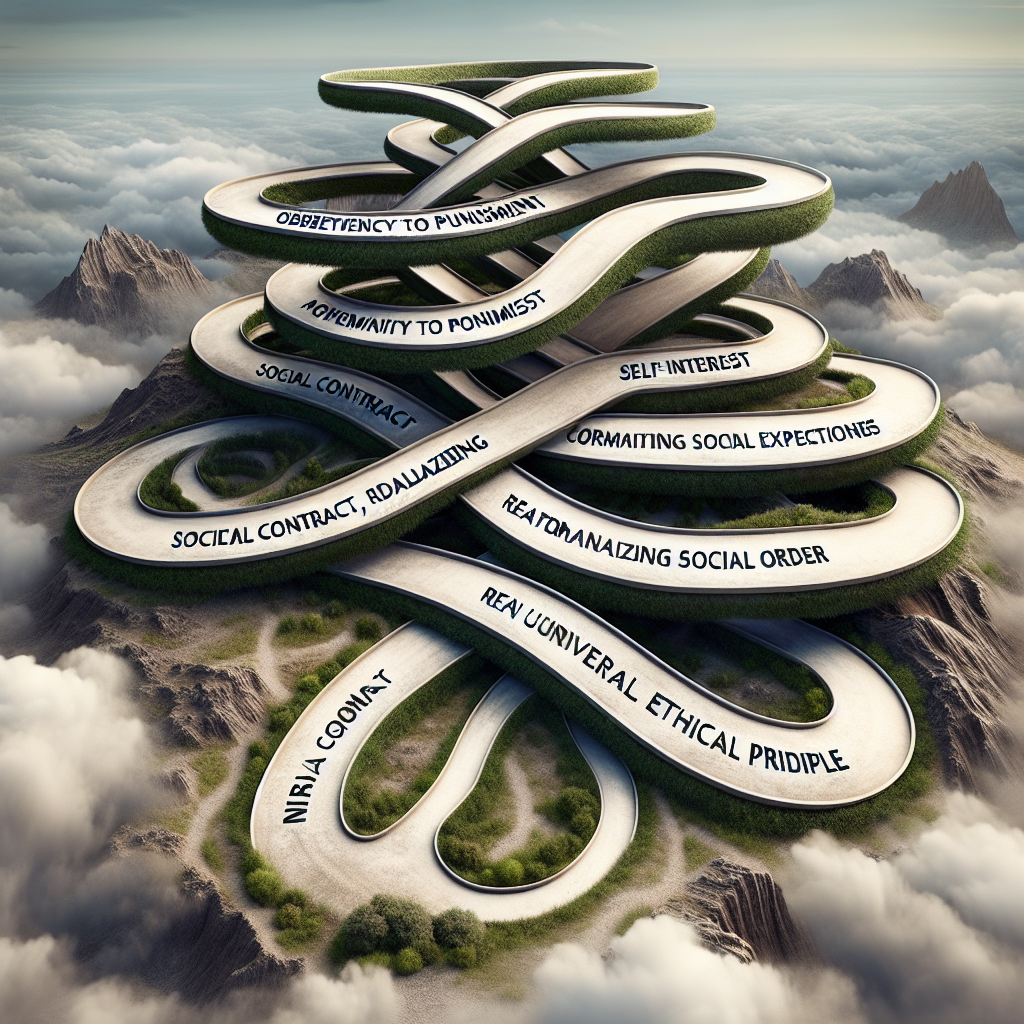
Introduction
Have you ever faced a moral dilemma that left you questioning what the right choice truly was? Navigating morality can often feel like sailing through stormy seas without a map. Psychologist Lawrence Kohlberg sought to shed light on this complex terrain by outlining a framework known as the Six Stages of Moral Development. Understanding these stages is essential not only for personal growth but also for enhancing our interactions within society. In this article, "Navigating Morality: The Six Stages of Kohlberg Explained," we will dive deep into these stages, providing unique insights and real-world case studies to bring clarity to the abstract concept of morality.
The Foundation: What Are Kohlberg’s Six Stages?
Before we dive into the details, let’s establish what we mean by Kohlberg’s Six Stages of Moral Development. Kohlberg proposed that people progress through these stages as they develop a sense of morality, which he categorized into three levels: Pre-conventional, Conventional, and Post-conventional. Each level encompasses two distinct stages, leading to a total of six stages.
Table 1: Overview of Kohlberg’s Stages
| Level | Stage | Description |
|---|---|---|
| Pre-conventional | Stage 1 | Obedience and Punishment Orientation |
| Stage 2 | Individualism and Exchange | |
| Conventional | Stage 3 | Good Interpersonal Relationships |
| Stage 4 | Maintaining Social Order | |
| Post-conventional | Stage 5 | Social Contract and Individual Rights |
| Stage 6 | Universal Ethical Principles |
The Stages Unraveled
Let’s explore each stage in detail.
Stage 1: Obedience and Punishment Orientation
At this pre-conventional level, the primary motivation is to avoid punishment. Children often view morality as black-and-white; if an action leads to punishment, it is wrong, regardless of the context.
Case Study: Children Disciplining Themselves
Consider a six-year-old who steals a cookie from the cookie jar. Understanding that stealing will get them scolded, the child resolves not to do it again—not out of understanding right from wrong, but to avoid punishment.
Stage 2: Individualism and Exchange
This stage sees the emergence of a more individualized sense of morality. Here, a child recognizes that people have different views and that their own perspective is important. Actions are judged based on consequences and personal benefit.
Case Study: Trading Toys
Imagine two children who want to play with each other’s toys. One child may agree to trade their toy, knowing that doing so will allow them to play with both toys. This simple exchange showcases their developing understanding of fairness and reciprocity.
Stage 3: Good Interpersonal Relationships
In this conventional stage, individuals strive for approval from others. Morality is guided by social norms and expectations, which often dictate what is considered right.
Case Study: Peer Pressure in Adolescence
A teenager may choose to drink alcohol at a party to fit in with friends, prioritizing acceptance over the potential harm. This highlights the power of societal influence on moral choices and the desire for group approval.
Stage 4: Maintaining Social Order
Entering this stage, the focus shifts toward maintaining order and adhering to laws. Individuals understand that societal rules exist to protect the fabric of society and are willing to uphold them even if it means sacrificing personal gain.
Case Study: Reporting Wrongdoing
An employee discovers unethical practices at their workplace. Although whistleblowing may jeopardize their position, they choose to report the issue, believing that it serves a greater good. This action reflects their commitment to upholding social order and integrity.
Stage 5: Social Contract and Individual Rights
At the post-conventional level, individuals recognize that laws and rules are social contracts that can be challenged. This stage emphasizes human rights, equality, and justice.
Case Study: Activism for Change
Consider activists working for environmental justice. They argue against government policies that harm the planet, believing that it is their duty to challenge the status quo for the greater good. This illustrates understanding that laws should serve all individuals and that advocating for change is a moral responsibility.
Stage 6: Universal Ethical Principles
The final stage represents a commitment to universal ethical principles, transcending laws and societal conventions. Individuals base their moral decisions on principles such as justice, equality, and dignity for all, often acting in accordance with personal conscience.
Case Study: Historical Figures
Figures like Mahatma Gandhi or Martin Luther King Jr. exemplify this stage by championing equality and justice, often at the cost of their safety. Their actions stand as testaments to unwavering moral conviction grounded in universal principles.
Relevance of Kohlberg’s Stages Today
Understanding Kohlberg’s Six Stages of Moral Development transcends theoretical interest; it offers critical insights into various real-world applications. From education to law, these stages can help inform practices and policies that nurture moral development.
Organizational Policies
Organizations can benefit from understanding where their teams are on Kohlberg’s scale. By fostering a culture that encourages discussions around moral dilemmas, leaders can elevate their teams to higher stages of moral reasoning, enhancing decision-making and ethical behavior.
Education Curriculum
Educators can incorporate discussions about morality into their curricula by using case studies with moral dilemmas relevant to students. These dialogues can stimulate critical thinking, encouraging students to articulate their reasoning and understand diverse perspectives.
Parenting Approaches
Parents may use Kohlberg’s theory to identify where their children are in their moral development and tailor their approaches to nurturance effectively. This can involve engaging in moral discussions, encouraging empathy, and emphasizing ethical behavior.
Analyzing the Impact of Morality on Society
As we examine the ramifications of Kohlberg’s Six Stages of Moral Development, it becomes evident that morality impacts numerous aspects of society, including law, education, and interpersonal relationships.
Law and Fairness
Legal systems are often aligned with Kohlberg’s later stages, emphasizing fairness and justice. Improvements in laws addressing human rights reflect the evolution toward universal ethical principles.
Education and Socialization
Schools that encourage civic engagement and ethical discussions can help guide students through Kohlberg’s stages, fostering morally conscious citizens.
Interpersonal Relationships
Understanding these stages can enhance interpersonal relationships. Recognizing where others are in their moral development can lead to more compassionate and constructive dialogues.
Conclusion
Navigating morality is a lifelong journey, and understanding Kohlberg’s Six Stages offers a roadmap for that journey. From the simple black-and-white thinking of children to the complex moral reasoning of adults, we all navigate these stages in our daily lives. This understanding equips us not only to make better personal choices but also to engage more meaningfully with the world around us. As you ponder your moral decisions, remember that we’re all on this path together, striving toward a common goal of understanding and compassion.
FAQs
1. What are Kohlberg’s Six Stages of Moral Development?
Kohlberg’s framework outlines six stages through which individuals progress in their moral reasoning, categorized into three levels: Pre-conventional, Conventional, and Post-conventional.
2. How can Kohlberg’s stages apply in daily life?
Understanding where you or others fall within these stages can help navigate moral dilemmas and improve interpersonal relationships and decision-making processes.
3. Can adults regress to earlier stages of moral development?
Yes, individuals may demonstrate characteristics from earlier stages under stress or in specific situations, suggesting that development is not strictly linear.
4. How does culture influence moral development?
Cultural norms and values play a significant role in shaping individual moral reasoning, often determining which stage is more prominent within a given society.
5. Is it possible to encourage growth in moral reasoning?
Yes, creating environments for open discussion and reflection, particularly in educational settings, can promote progression through Kohlberg’s stages.
In conclusion, "Navigating Morality: The Six Stages of Kohlberg Explained" illuminates the journey we all undertake as we grapple with moral questions, serving as a guide through the intricate landscape of ethical decision-making. As you explore your own moral compass, remember that understanding these stages is a powerful tool for personal and societal growth.
